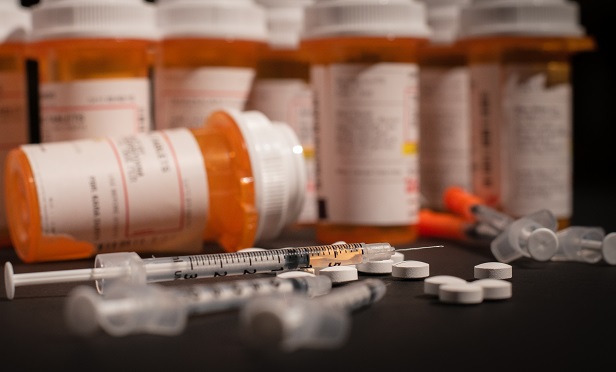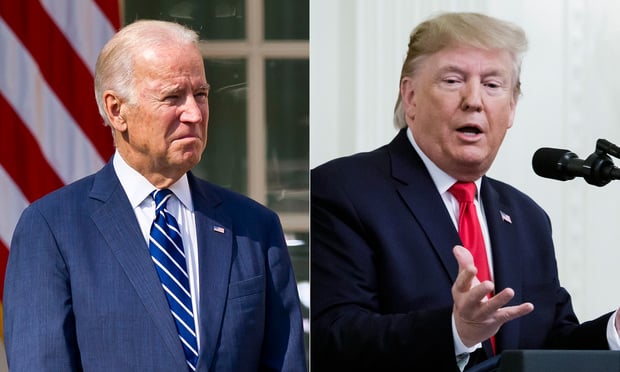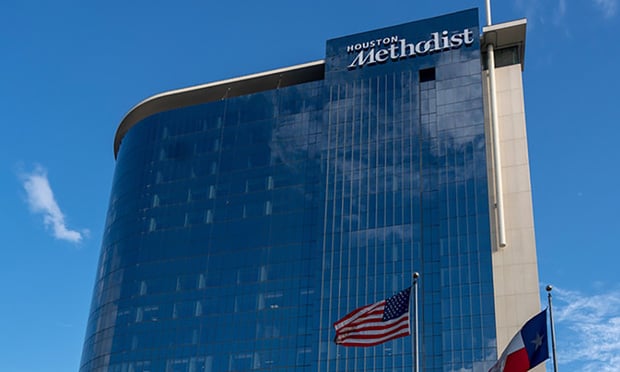 Fentanyl has become popular onthe black market in part because it's synthetic, and because it isso potent, it can be mailed around the world in tiny, concealablepackages. (Photo: Shutterstock)
Fentanyl has become popular onthe black market in part because it's synthetic, and because it isso potent, it can be mailed around the world in tiny, concealablepackages. (Photo: Shutterstock)
America's opioid crisis has shifted. As Congress and theWhite House have dawdled, the overdose death toll has continued its steadyclimb — reaching more than 49,000 in 2017, an increase of nearly7,000 over the previous year, itself a record-breaker. But theprimary agent of death is no longer ordinary prescription painkillers. It's illicitfentanyl, often mixed with heroin or some other street drug.
|This change calls for an equally drastic shift in the effort toprevent opioid deaths. Tighter controls on prescriptions foroxycodone and hydrocodone are no longer enough to limit supply. TheU.S. needs a comprehensive and multi-targeted strategy to restrictthe importation of illicit fentanyl, and a broader, better-fundedpush to reduce its demand.
|Related: White House's latest initiatives to fight opioidabuse
|Since 2011, fatal overdoses from drugstore opioids alonehave remained relatively stable, but those involving fentanyl haveshot through the roof. The far more lethal drug played a part in 60percent of opioid deaths in 2017, according to the National Centeron Health Statistics, up from 11 percent five years ago.
|Fentanyl, created in 1960 as a treatment for cancer pain, hasbecome popular on the black market in part because it's synthetic.There's no need to plant and protect acres and acres of poppies;fentanyl can be cooked up in a lab. And because it is so potent — asmattering of grains packs a deadly dose — it can be mailed aroundthe world in tiny, concealable packages. Drug labs in China fulfillonline orders from American users, or from traffickers in the U.S.and Mexico who add the fentanyl to heroin and other drugs to boosttheir effect, or press it into phony prescription-opioid pills.
|A coordinated response to the crisis needs to start with China,which, according to U.S. law enforcement, is the source of almostall illicit fentanyl. Poorly monitored and regulated chemicallaboratories there sell fentanyl or its precursors to U.S. usersand dealers, or to Mexican drug suppliers who in turn market it inthe U.S.
|The Obama administration had begun to enlist the Chinesegovernment's help in policing producers, including by persuadingChina to add many analogues of fentanyl to its list of controlledchemical substances. President Donald Trump has preferred to accuseand threaten, which doesn't encourage cooperation. What's needed isa steady and purposeful diplomatic push, along with expert supportfor fortifying China's capacity to inspect and regulate itsthousands of drug labs.
|From China, the pipeline flows mainly through the mail to usersand dealers. Congress recently provided Customs and BorderProtection with more chemical-detection equipment to screenpackages. But given the volume of mail, scanning all of them isn'tpossible. The task would be easier if Congress passed pendinglegislation to require the U.S. Postal Service to obtain basicidentifying information from senders — including the name andaddress of sender and a description of package contents — asprivate parcel services do.
|Even so, a significant amount of the drug is likely to escapedetection. Strenuous efforts will continue to be needed to crackdown on the market within the United States. The Justice Departmentmade progress recently by working with Dutch authorities to shutdown two major sites on the dark web where deals were made, usuallyin virtual currencies.
|Fentanyl is also sold on the ordinary internet, and ScottGottlieb, commissioner of the Food and Drug Administration, isright to demand that internet companies work harder to remove theillegal listings. The FDA, for its part, could help limit supply byrestricting off-label prescribing of legal fentanyl to patients whodon't need, and may be harmed by, such a powerful painkiller.
|The demand side must be confronted as well. More than 2 millionAmericans have opioid-use or heroin-use disorders, and few can beexpected to quit without help. They need to be brought intotreatment at every opportunity, most obviously when they enterhospitals, emergency rooms or prisons. And this treatment shouldinclude methadone, buprenorphine and other opioid-basedmedications, which along with behavioral therapy have provedeffective in overcoming addiction. Up to now, the Trumpadministration has ignored the need for medication-assistedtherapy. Congress is considering bills that would expand its usesomewhat — for instance, by getting Medicaid and Medicare to fundit more generously — but lawmakers aren't making this the priorityit ought to be. Consider that, today, only 5 percent of U.S.doctors have had the training required to prescribe buprenorphine;far more doctors, as well as nurse practitioners and otherhealth-care providers, should have the authority.
|Fentanyl and other opioids are killing more than 130 people aday. The crisis demands a thorough, well-coordinated nationalresponse. What the White House and Congress have come up with sofar falls short.
|Copyright 2018 Bloomberg. All rightsreserved. This material may not be published, broadcast, rewritten,or redistributed.
Complete your profile to continue reading and get FREE access to BenefitsPRO, part of your ALM digital membership.
Your access to unlimited BenefitsPRO content isn’t changing.
Once you are an ALM digital member, you’ll receive:
- Critical BenefitsPRO information including cutting edge post-reform success strategies, access to educational webcasts and videos, resources from industry leaders, and informative Newsletters.
- Exclusive discounts on ALM, BenefitsPRO magazine and BenefitsPRO.com events
- Access to other award-winning ALM websites including ThinkAdvisor.com and Law.com
Already have an account? Sign In
© 2024 ALM Global, LLC, All Rights Reserved. Request academic re-use from www.copyright.com. All other uses, submit a request to [email protected]. For more information visit Asset & Logo Licensing.








